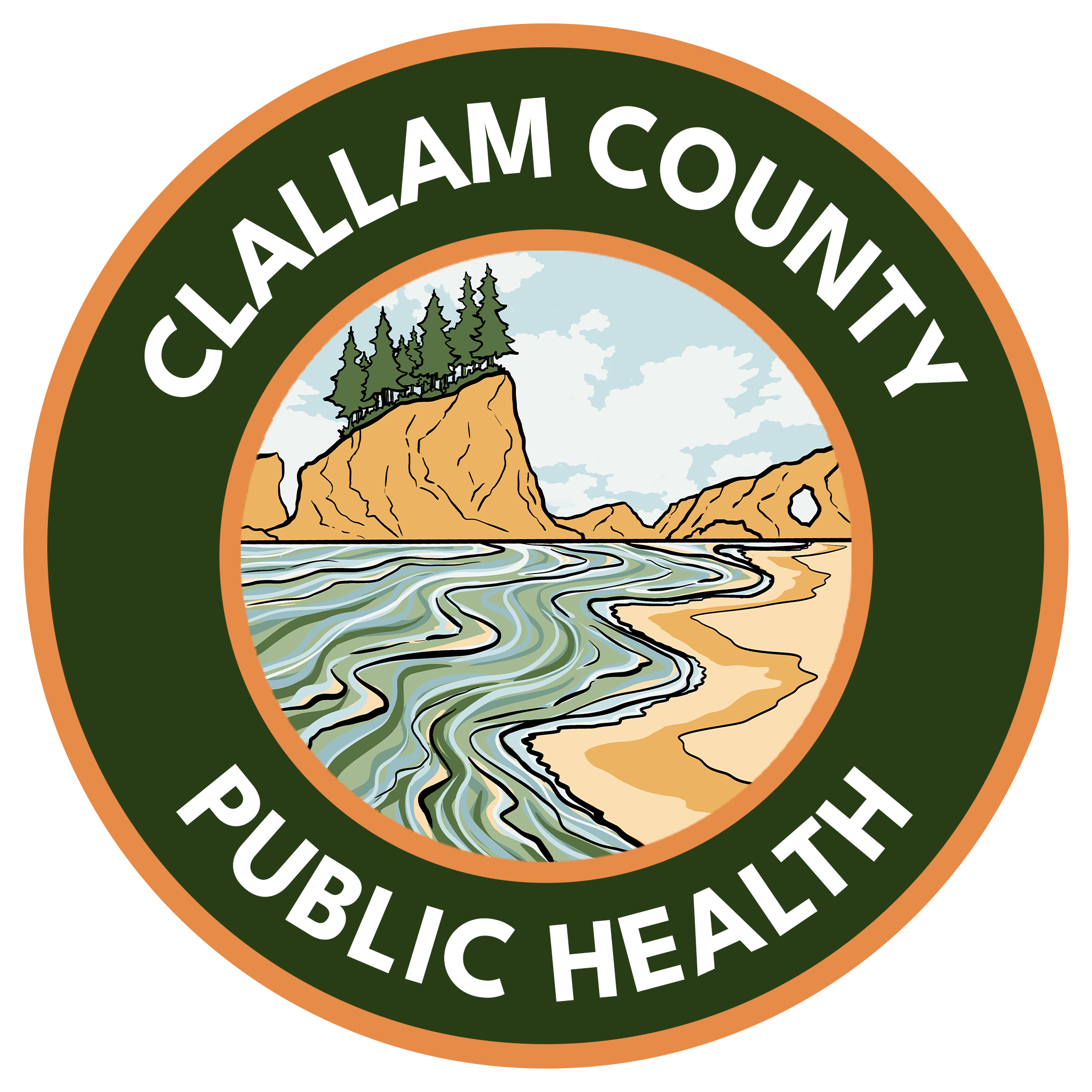
Requested actions
- Recommend everyone 6 months or older get influenza vaccine, unless contraindicated.
- Vaccinate against influenza at every opportunity.
- Know the optimal times to give influenza vaccine.
- Sign up to receive our Influenza Updates to stay informed of local, state and national influenza activity.
- Review influenza testing and treatment guidelines.
- Report influenza deaths and outbreaks in congregate settings to the confidential communicable disease reporting line, 360-417-2412.
Vaccine
This season’s updates in Centers for Disease Control and Prevention’s (CDC’s) Prevention and Control of Influenza (MMWR Vol. 71/No. 1):
- All vaccines this season are quadrivalent and protect against influenza A-H3N2, influenza A‑H1N1, influenza B (Victoria lineage) and influenza B (Yamagata lineage). The influenza A (H3N2) and influenza B (Victoria) components are different from last season.
- Adults 65 or older should get higher dose or adjuvated influenza vaccine. If none are available at an opportunity to vaccinate, use another appropriate vaccine.
- Everyone 6 months or older (without contraindication) should get influenza vaccine by the end of October.
- To ensure enough time for vaccine response prior to influenza circulating, vaccinate some people as soon as vaccine becomes available:
- People in the third trimester of pregnancy, to give them and their babies the best chance of protection.
- Children younger than 9 who will need 2 doses separated by at least 28 days, to allow enough time for both doses before influenza circulates.
- Give influenza vaccine throughout influenza season, into spring.
- CDC clarified, for people who have had allergic reactions to influenza vaccine, which vaccines are contraindicated and which can be used with precautions. See MMWR Vol. 71/No. 1.
- You can give influenza vaccine at the same time as COVID-19 vaccine or separated by any number of days. If given at the same time, use separate anatomic sites.
Surveillance
Seasonal influenza surveillance starts in October and continues through April.
We expect SARS-CoV-2 and influenza viruses will circulate simultaneously. To aid testing and treatment decisions, stay aware of local influenza and SARS-CoV-2 activity. Sign up to receive our Influenza Updates and Health Advisories. We also regularly update our influenza and COVID‑19 pages for healthcare providers.
Reporting
Our influenza surveillance relies on reports from healthcare facilities and medical providers.
Call the confidential communicable disease reporting line, 360-417-2412 to report the following:
- Lab-confirmed influenza deaths (at any age)—within 3 days.
- Patients with suspected novel influenza virus—immediately.
- Outbreaks of influenza-like illness or lab-confirmed influenza in congregate settings (e.g., long term care facility)—immediately.
Resources
- Influenza prevention and control recommendations from Advisory Committee on Immunization Practices, CDC.
- Influenza virus testing, CDC.
- Testing guidance when SARS-CoV-2 and influenza viruses cocirculate, CDC.
- Influenza antiviral medication summary, CDC.
- Phone evaluation algorithm for patients with possible influenza, CDC.
- Stay home when you’re sick, CDC.
